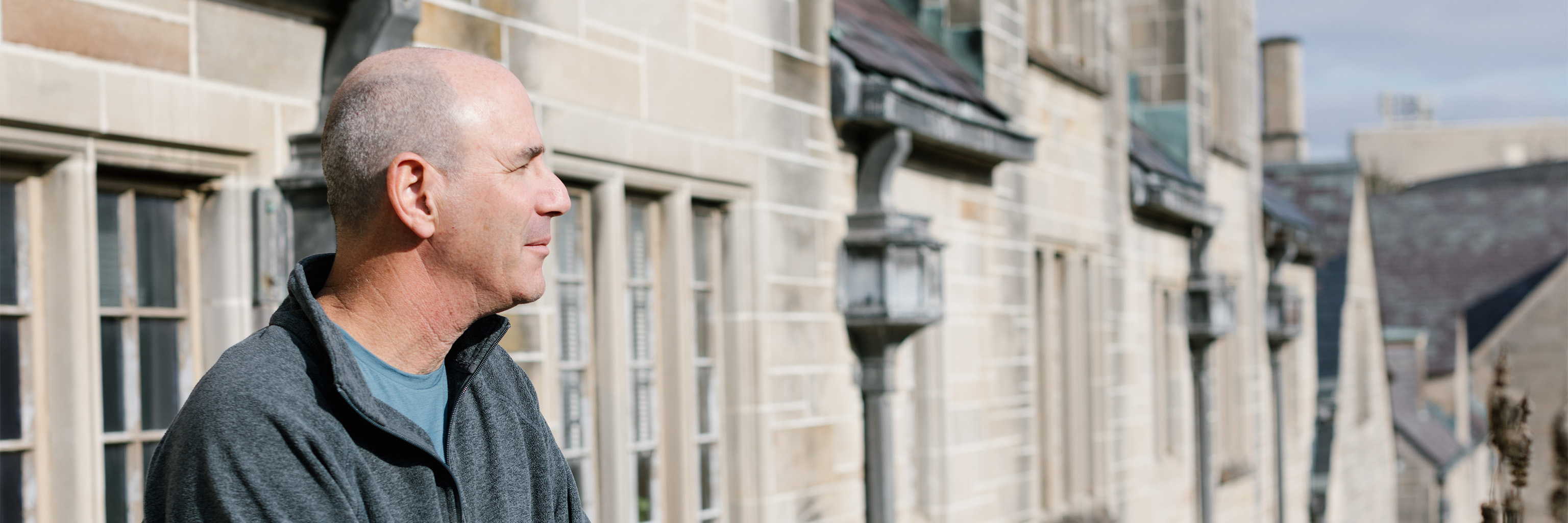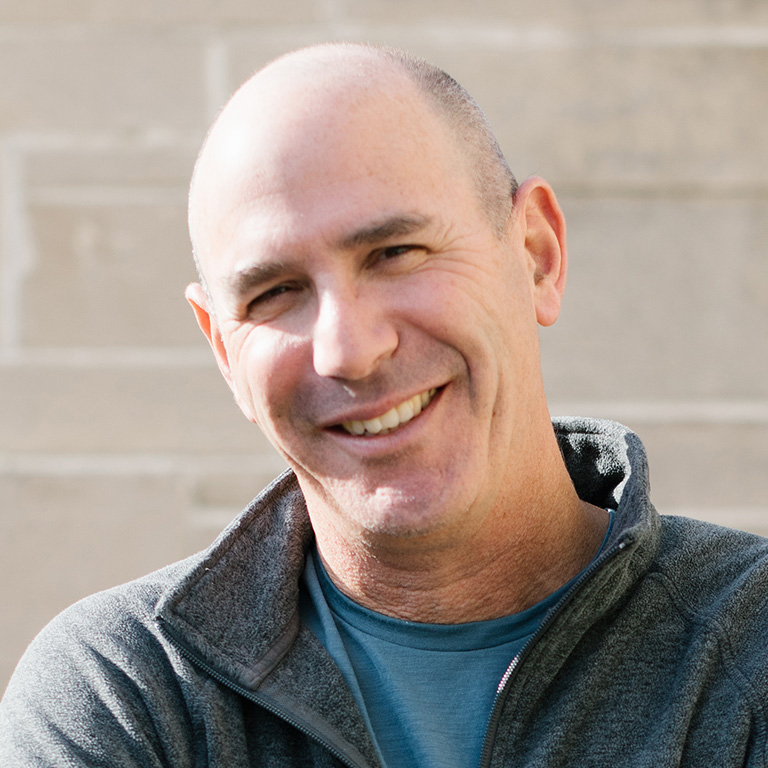Amit Hagar, a professor in the Department of the History and Philosophy of Science and Medicine, is a philosopher of physics and the author of three books and monographs, on topics like quantum mechanics and the arrow of time.
For many years, his scholarly path did indeed follow the conventional forward trajectory of time’s arrow. Born in Israel, Hagar earned his undergraduate and master’s degrees at Hebrew University, moving to Canada to earn his Ph.D. at the University of British Columbia. He joined the IU faculty in 2006, attained tenure in 2011 and full professorship in 2015. Recently he ended a four-year term as chair of his department.




